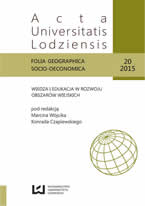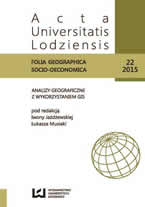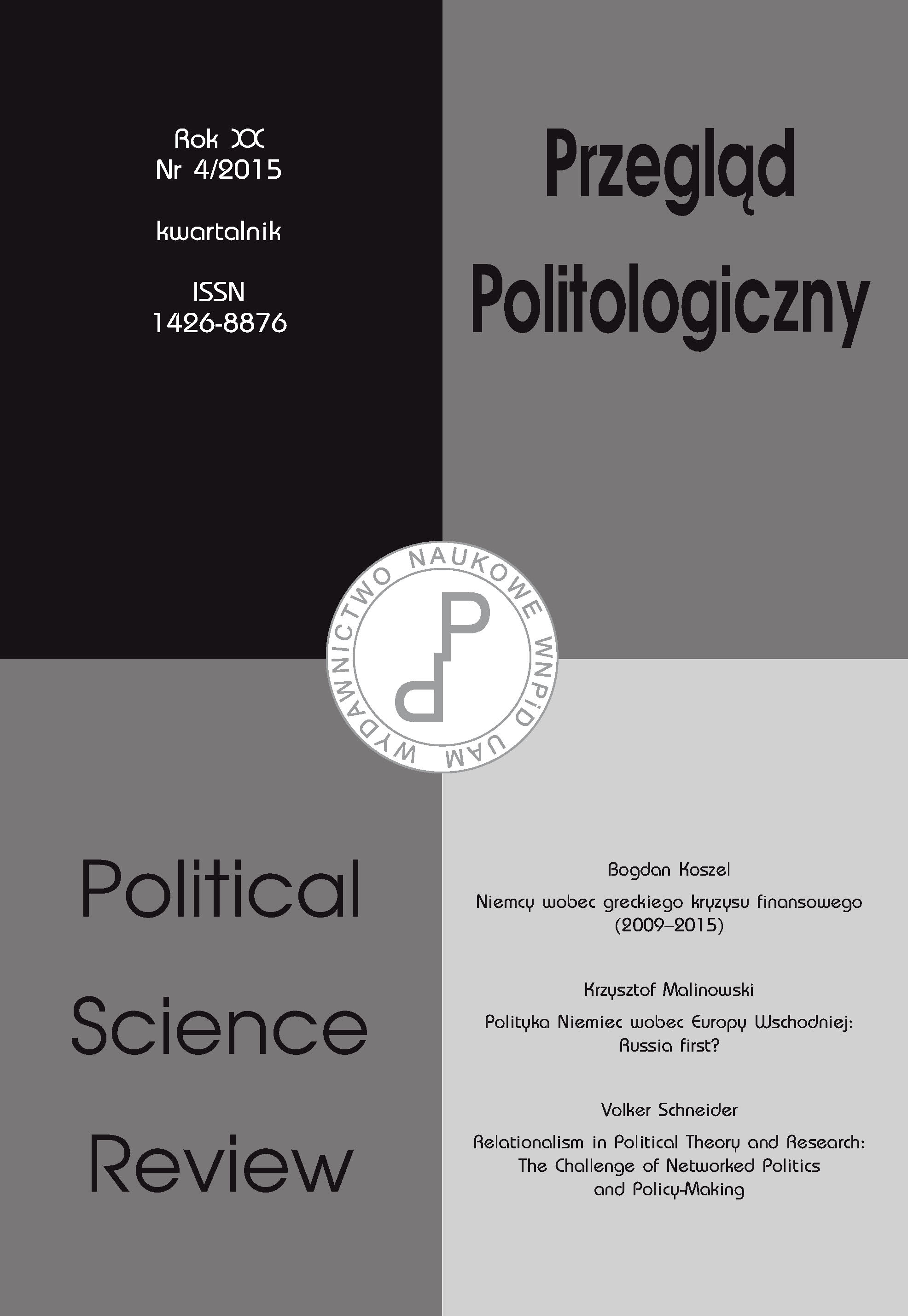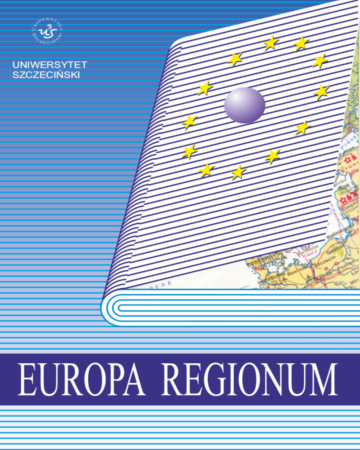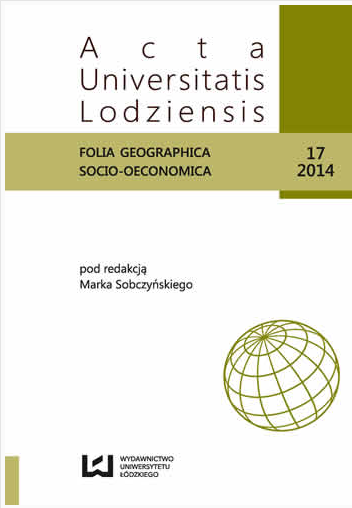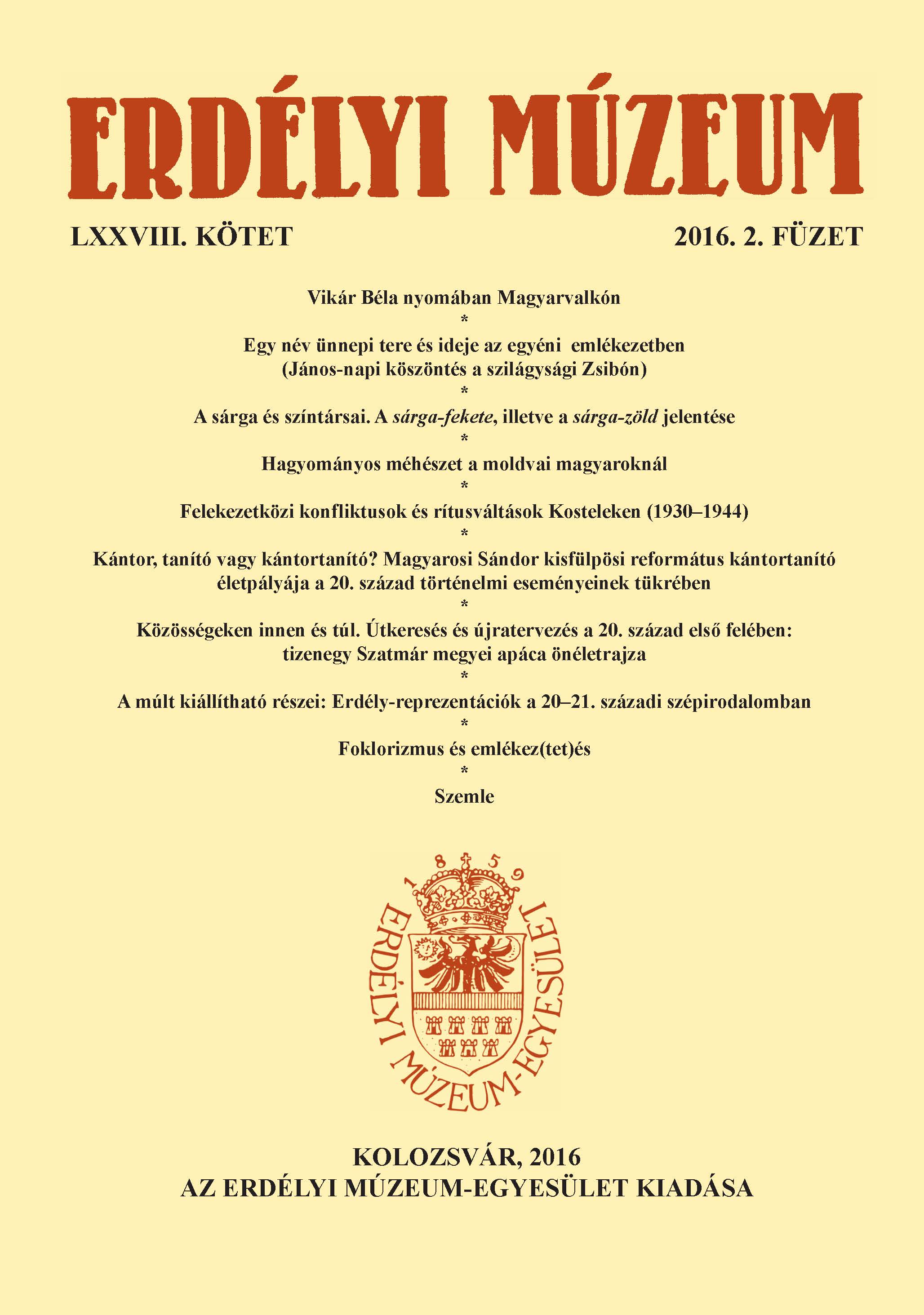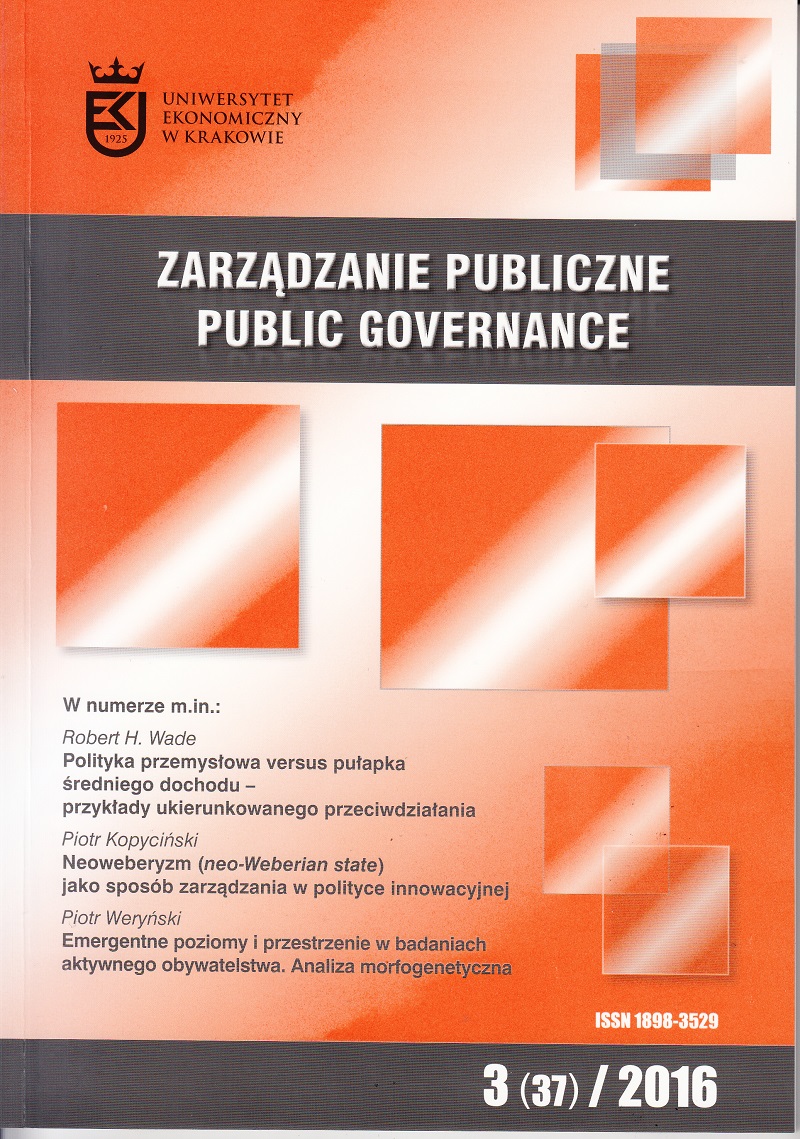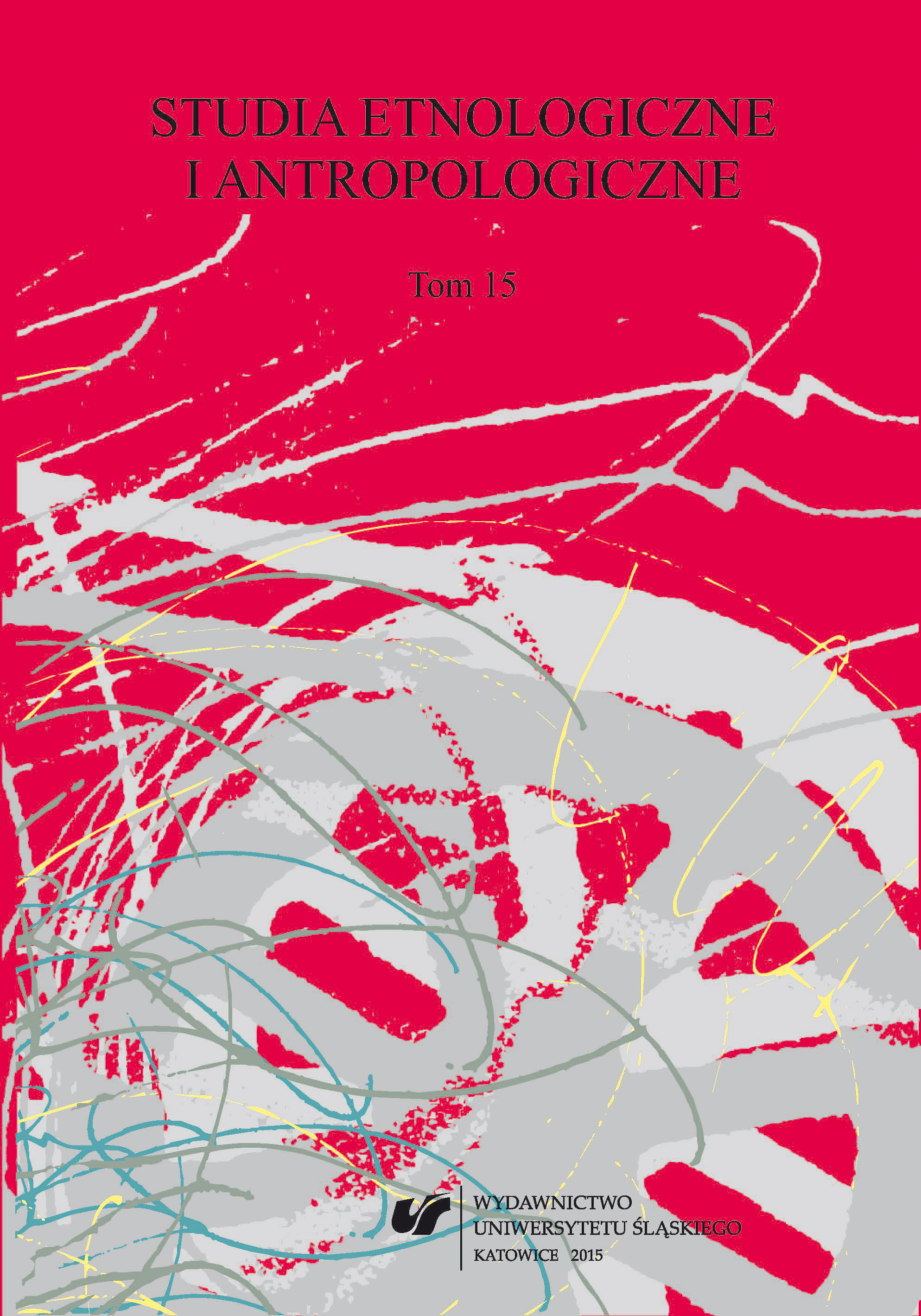
Między ładem i chaosem. Ulica omdurmańska widziana oczami etnografa
This paper focuses on an African street experienced as profoundly contradictory. It departs from Adeline Masquelier`s observation that this landscape is an object of both fascination and terror, and a space of both fear and desire. The street offers jobs, goods and economic opportunities, but it can also lead to isolation, marginalization and fatalities. The paper is based on field research undertook in Omdurman in 2013 and granted by the Ministry of Science and Higher Education.
More...
